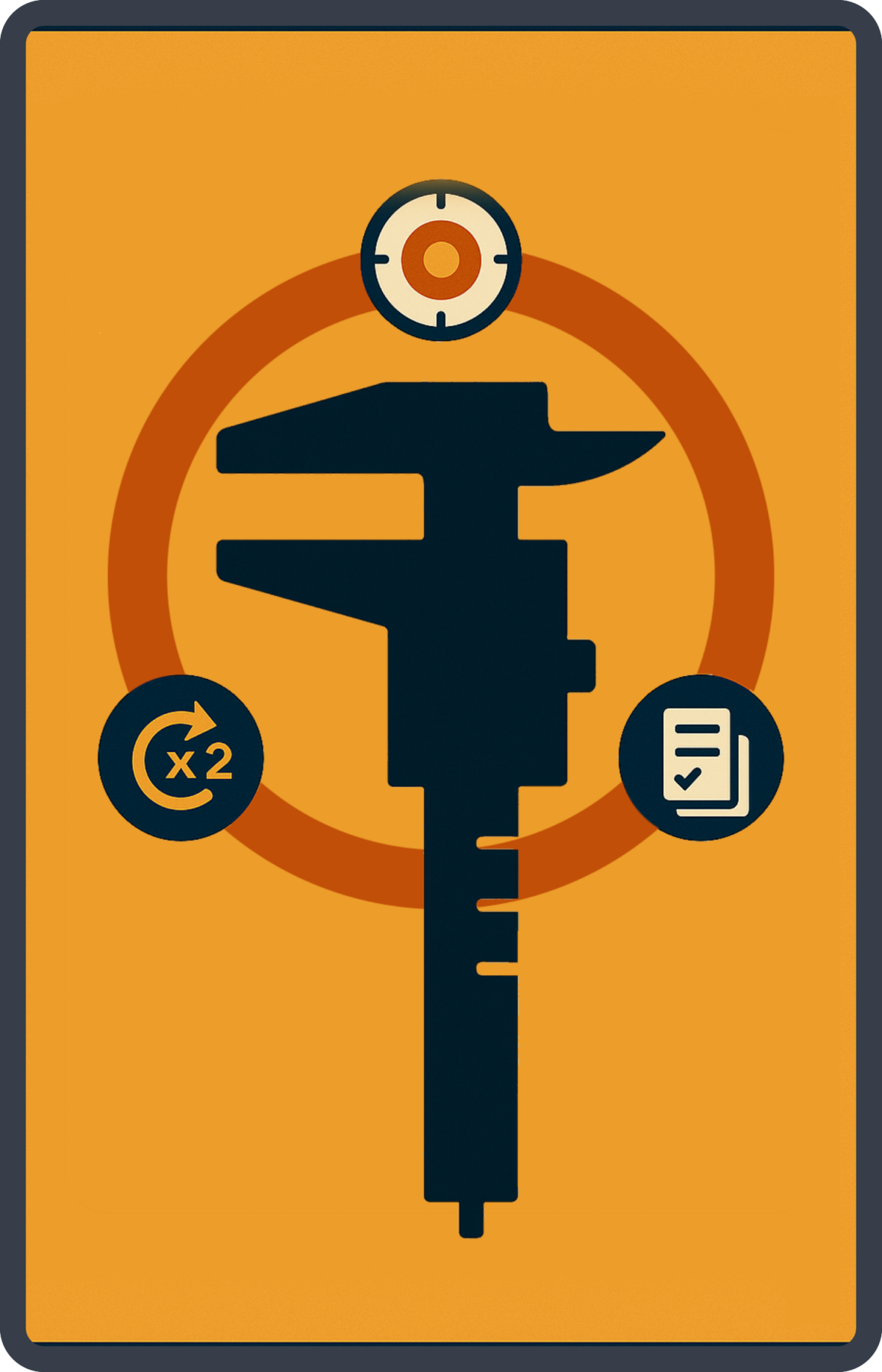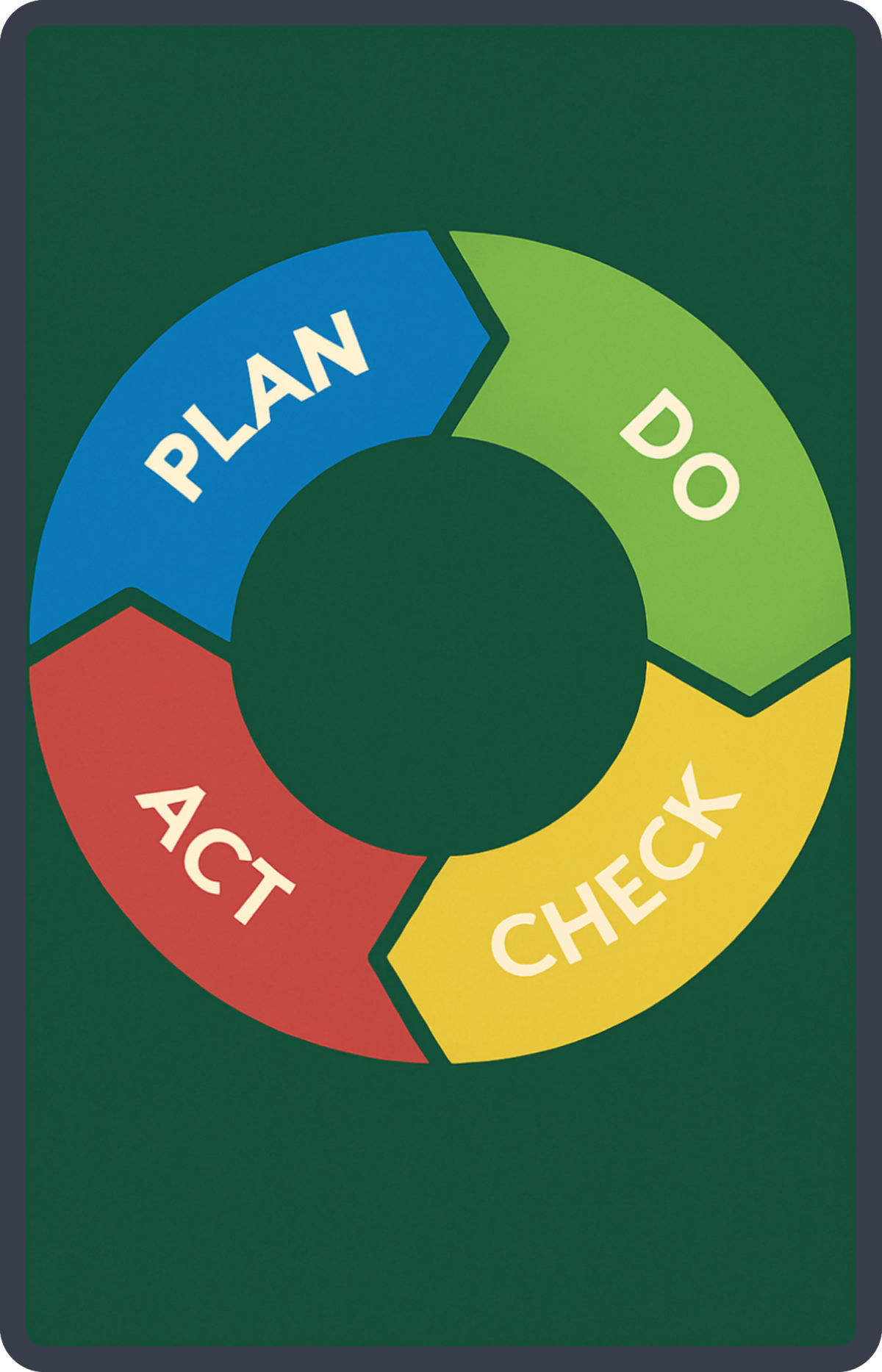Lean Six Sigma DMAIC
Quick Info
The DMAIC roadmap is a structured approach for executing Lean Six Sigma projects. It consists of five phases, each with its corresponding tools, which are applied to help carry out projects successfully.
The DMAIC roadmap is ideally suited for improving existing products or processes. It provides a clear thread from the problem definition to the solution in your project.
- Duration:
- Next Dates:
- Live webinar dates in:
07 Apr 2026
15 Jun 2026
- Alternatives:
- Individual Coaching
- In-House
Contents
● DMAIC Roadmap
● Goals of Lean Six Sigma
● Cost of Poor Quality
● Quick Wins
● Hidden Factory
● Cause & Effects Matrix
● TIMWOOD
● Project Requirements
● Gate Review Process
● Project Breakdown
● SIPOC Diagram
● Voice of Process
● Six Sigma Process Model
● Data Collection Plan
● Ishikawa
● Benefit & Effort Matrix
● Implementation Plan
● Risk Analysis
● Control Plan
● Project Handover
Key Information
DMAIC is the core method (approach) of Six Sigma and stands for the five phases: Define, Measure, Analyze, Improve, and Control. This systematic approach was developed to improve processes within companies by minimizing defects and increasing efficiency.
History
DMAIC has its roots in quality assurance, which was developed by Motorola in the 1980s. Motorola introduced Six Sigma to improve the quality of its products. The approach was later adopted and further developed by other leading companies such as General Electric.
Usage
DMAIC, or Six Sigma, is used in a wide range of industries, including manufacturing, healthcare, finance, IT, and more. It is particularly useful in environments that are highly process-oriented, where reducing defects and increasing efficiency are critical.
DMAIC is the core methodology in Six Sigma. However, the application of DMAIC is often perceived as too complex. Additionally, the introduction of changes can meet resistance, as it involves moving away from established practices. Effective use of DMAIC requires specialized knowledge in statistics and project management. Often, individuals are trained but not professionally supported, which can lead to project failures.
Benefits
- ● Structured Problem Solving
- ● Clear Phase Model for Every Project
- ● Universal Applicability
- ● Integration of Tools with the Phase Model
- ● Integrated Six Sigma Process Model
Risks
- ● Professional Support is Often Lacking
- ● Complexity is Often Underestimated
- ● Established Practices Must Be Abandoned
- ● Specialized Knowledge Required
- ● Management Support is Often Lacking











